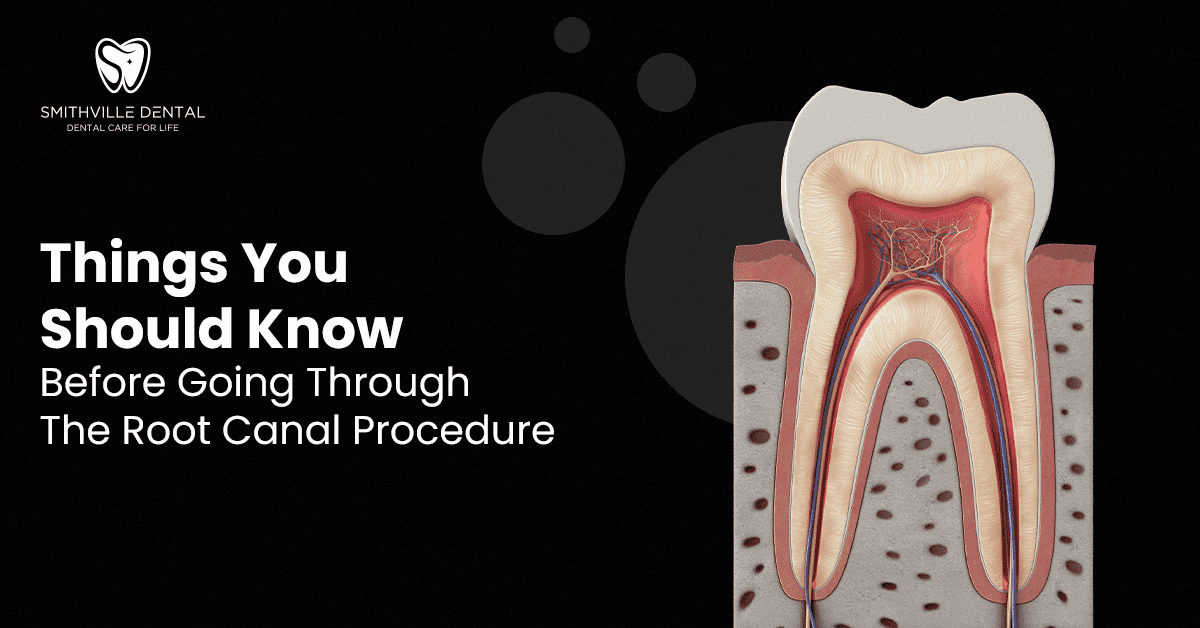You might require root canal therapy from a dentist or endodontist in your area if an infection of the pulp of a tooth causes extensive decay, which worsens pain. Saving millions of teeth, relieving countless toothaches, and reestablishing smiles, it is among the most popular dental treatments. Now, it’s probably a good idea to be aware of what to expect during root canal treatment before you schedule an appointment.
What is a Root Canal Treatment?
The procedure involves working on the pulp chamber, the innermost part of a tooth. In order to comprehend the structure of a tooth, let’s delve a bit more. A tooth’s pulp occupies a hollow space beneath the tooth’s hard enamel. The pulp, which is a network of blood vessels, tiny nerves, and connective tissue, nurtures the tooth’s hard structure during development. Similarly, these are in charge of the tooth’s sensitivity.
An infection or inflammation of the root can occur when a fissure opens up in the tooth’s hard enamel, revealing the pulp. A tooth abscess may develop as a result of trauma to the tooth or from decay that has persisted for an extended period of time without treatment.
If this is the case, you should probably make an appointment with your Smithville root canal dentist.
Just what does a root canal entail?
The steps of this endodontic process are as follows:
- First, your dentist will use a local anesthetic to numb the region surrounding the damaged tooth.
- The next step is to remove the affected pulp from the tooth. If not treated, this collection of infected blood vessels and nerves can develop into a hollow or abscess. The pulp is no longer necessary for mature teeth since they get all the nutrition they need from the live tissue around them. Therefore, adults can safely have this pulp removed.
- After that, the inside of the tooth is disinfected and cleaned so that no diseased tissues remain. The next step is to form the pulp chamber so it can be filled.
- To fully seal the root canal, an adhesive is utilized in conjunction with gutta-percha, a biocompatible material that resembles rubber.
- Finally, a temporary crown is applied to cover the restoration site until a permanent one is ready. A permanent crown, which completes the tooth restoration, will be placed at a later appointment with your Smithville dentist.
What is the level of pain associated with a root canal?
A severe toothache, like any other dental problem, is the initial indicator that a root canal may be necessary. Toothaches caused by infection or decay are far more excruciating than the agony of getting a root canal, despite the fact that root canals are known to be terrible. Additionally, most patients report minimal discomfort throughout treatment due to the use of contemporary anesthetics and medicines.
Following treatment, you may experience localized tenderness or soreness for up to a week; however, any discomfort can be managed with the medication your doctor has recommended.
As a natural side effect, your tooth may perhaps feel slightly different from your other teeth.
Conclusion
The root canal procedure is the treatment of choice for conserving maximum natural tooth structure while removing infection from a tooth. At Smithville Dental, we provide painless root canal treatment to help patients live a life without pain.

 Book Appointment
Book Appointment